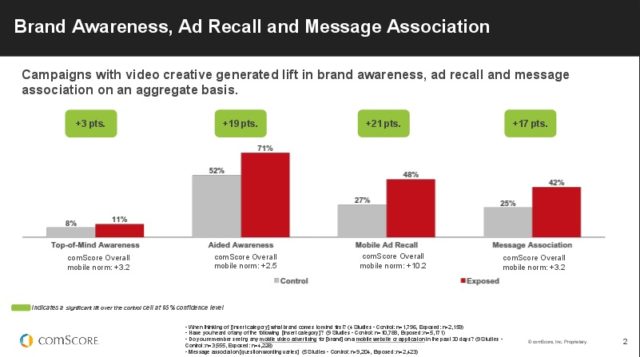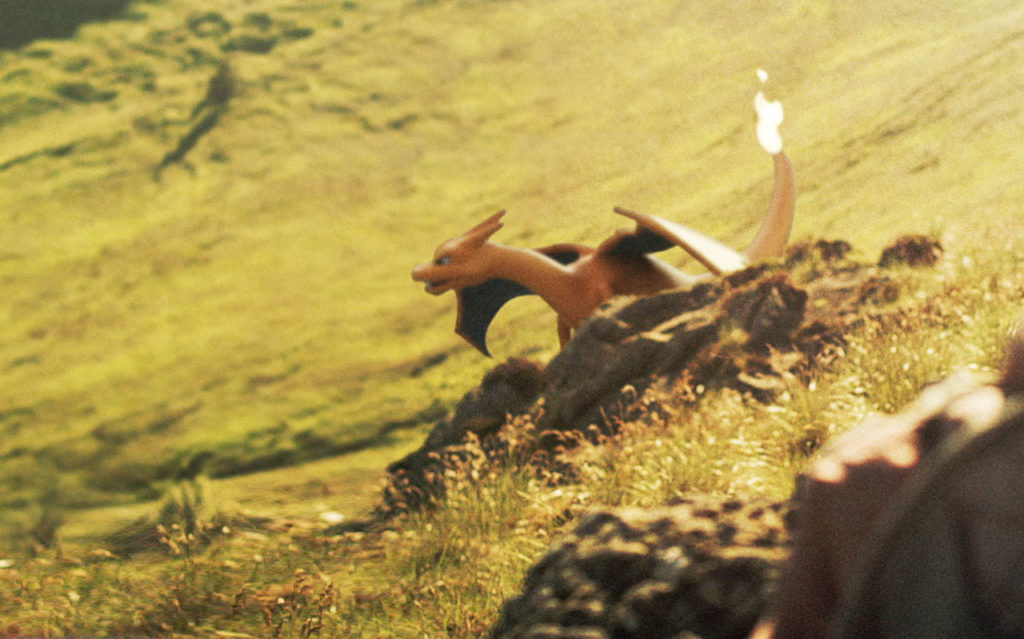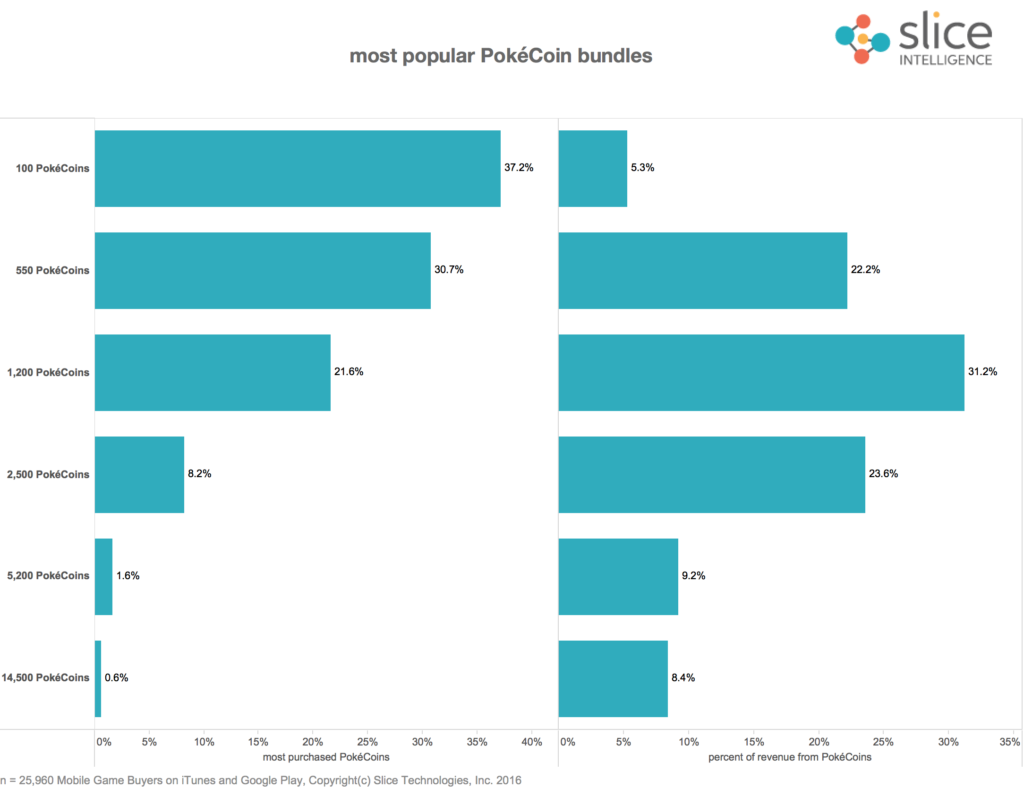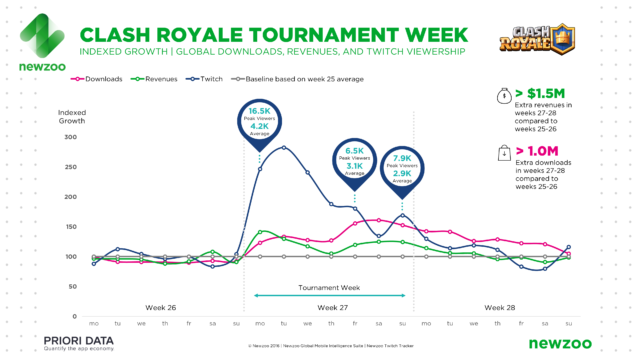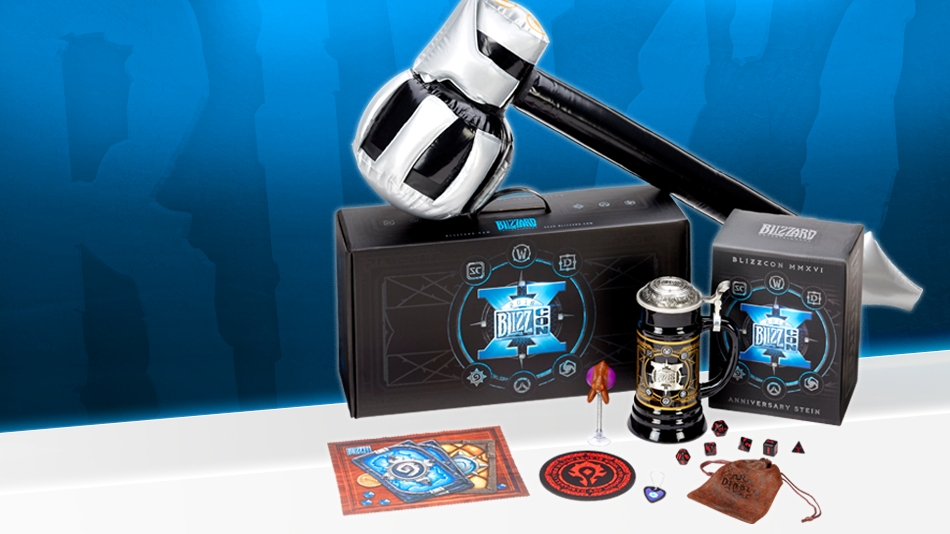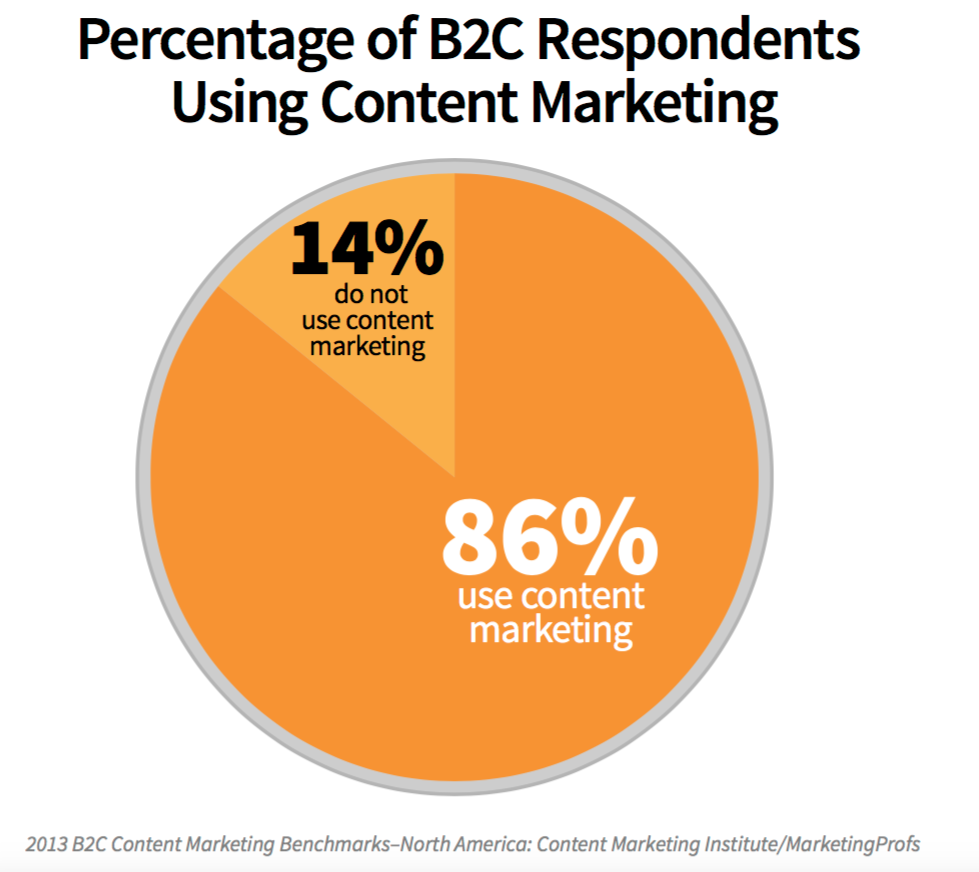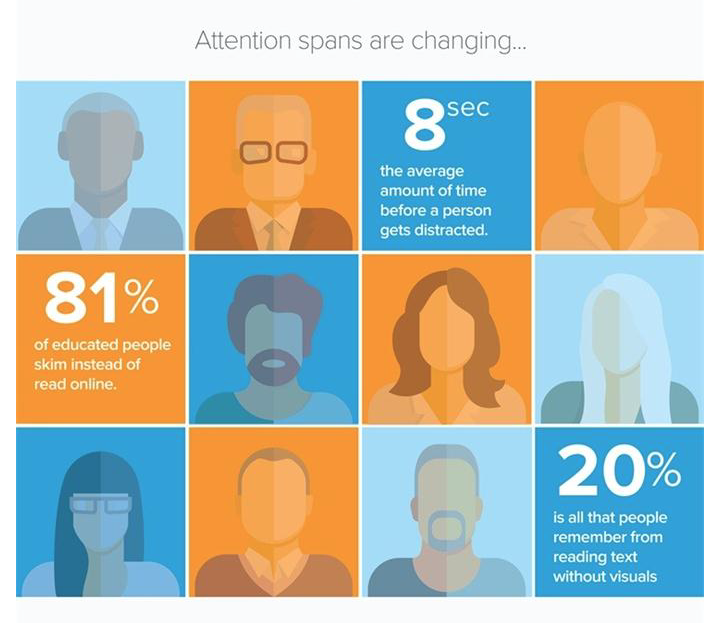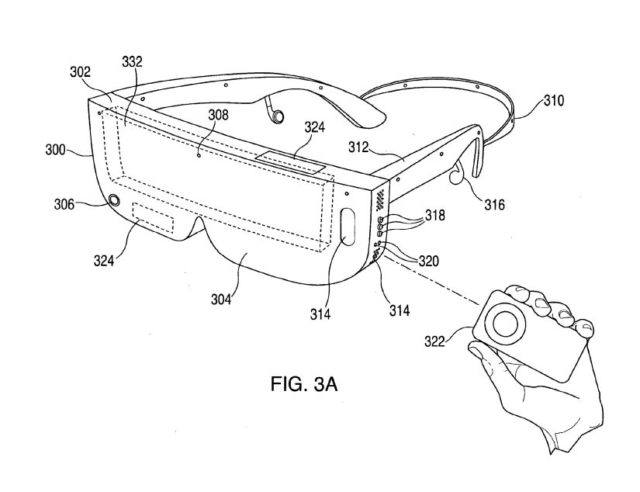Bethesda’s yearly QuakeCon event isn’t just a huge draw for fans wanting to learn more about games such as Quake Champions, Doom, Dishonored 2 and Prey—it’s also an ideal spot for both premier partners and charities to get together and spread awareness to the thousands of attendees.
The publisher released a full list of exhibitors that will be at the show from Thursday, August 4 through Saturday, August 6. As expected, a number of them are PC hardware manufacturers that thrive on showcasing Bethesda’s action games. These include Alienware, AMD, Corsair, CybertronPC, Intel, NVIDIA and Razer.
Although specific products haven’t been revealed yet, all of these PC companies are expected to showcase their latest laptop/PC models for demonstration, as well as offer special deals for attendees looking to get upgrades to assure that games like Dishonored 2 and Quake run at maximum performance. NVIDIA will no doubt have its highly acclaimed GTX 1080 video cards; Razer should provide hands-on with its new Razer Blade Stealth laptop and possibly its Forge TV device; and Alienware is likely to have its VR-ready Alienware Aurora model for demonstration.
Virtual reality is expected to have a place at QuakeCon as well. Bethesda will more than likely present Doom and Fallout 4 VR during the event, as it did at the Electronic Entertainment Expo a month ago— and HTC Vive will also have a space on the exhibit floor, demonstrating a number of its released and upcoming games to the awaiting public.
Other companies in attendance include DX Racer, a company that specializes in custom-made gaming chairs; BAWLS energy drink, which will be there to keep players going in the BYOC (Bring Your Own Computer) room; and other development studios showing off their latest games, including Devolver Digital, New Blood Interactive and SolarFlare Games. Again, no specific titles have been announced, but Devolver is likely to bring a number of its forthcoming titles, like Shadow Warrior 2.
Furthermore, several charities will also be on hand at QuakeCon to host events and give away prizes.
For instance, the American Red Cross will be there once again to collect blood donations. The tradition began in 2014 with the “Good Within Blood Drive,” which was a way to both promote The Evil Within game while doing good. This year, those who take part will earn a special limited edition Bethesda Softworks t-shirt while supplies last.
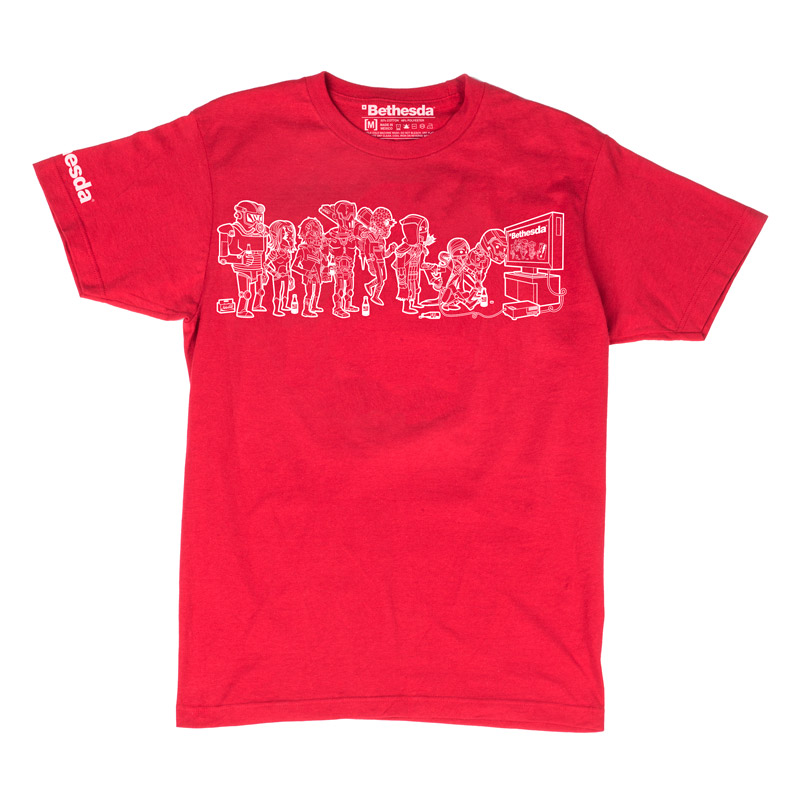
Bethesda is also getting directly involved with giving by partnering with Amazon.com for a non-profit charity called GameChanger. With it, the company will build up donations by offering discounts on popular titles in its library from August 2nd through the 8th.
QuakeCon will feature a full schedule of panels running from Thursday through Saturday, looking at upcoming games and delving deeper into the development of hits like Doom. A number of these panels, along with the Quake tournament finals, will be livestreamed on Twitch.
Bethesda is expected to have a full showcase of forthcoming titles for the event, including the upcoming sequel, Dishonored 2; the newly revealed sci-fi adventure, Prey; and (the star of the show) Quake Champions.
Champions originally made its debut at E3 last month with a teaser trailer, and the event will be a key opportunity for Bethesda to showcase not only its nostalgic gameplay, but also its eSports appeal, through a number of multiplayer demonstrations and a tournament that will conclude the event on Saturday evening. The high-end and fast-paced nature of the game is sure to make for an impressive showcase for the hardware that will be there, particularly NVIDIA’s video cards.
“A competitive arena-style first-person shooter for the PC designed for players of all skill levels,” said studio director of id Software, Tim Willits, about the title during the company’s E3 presentation. “Whether you are new to Quake or have been fragging for the last 20 years, Quake Champions will give you the challenge and rush you’d expect from iD Software multiplayer games.”
“The game features a diverse cast of warriors each with different attributes and unique abilities, allowing you to fight the way you want,” said Willits. “id has a long tradition of supporting competitive tournaments. The game is designed for world-class eSports play at every level.”
In a nutshell, QuakeCon provides ample opportunities for companies and charities alike to reach out to the hardcore Bethesda community, while at the same time providing an array of activities, giveaways and events for fans to enjoy. Next week will certainly be a good time for all in Dallas.
